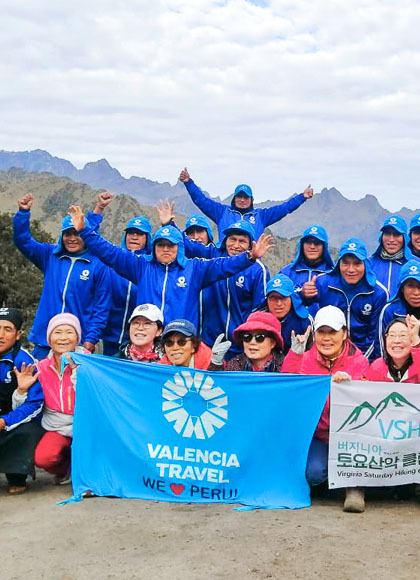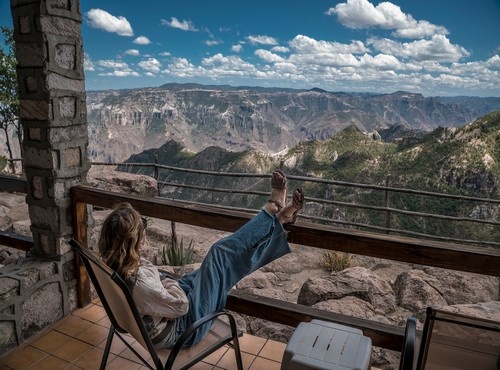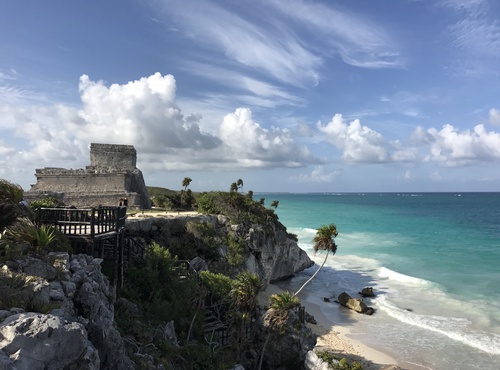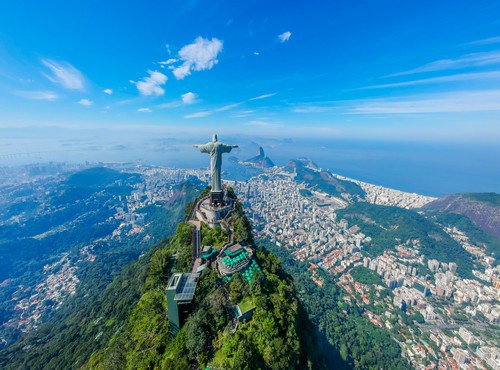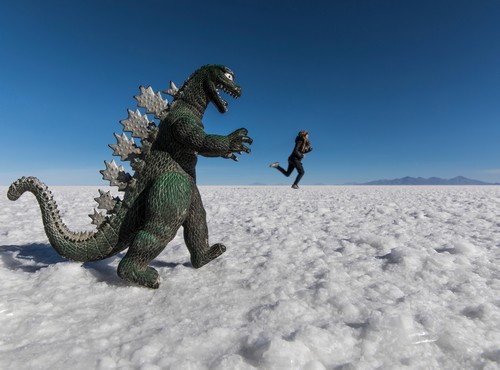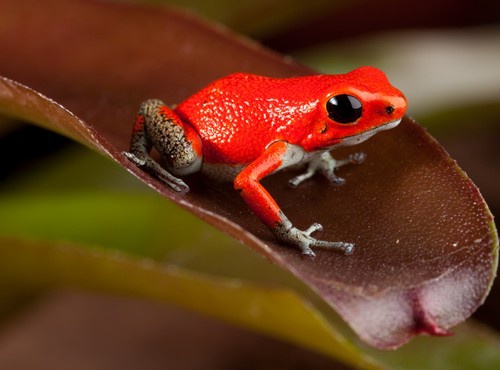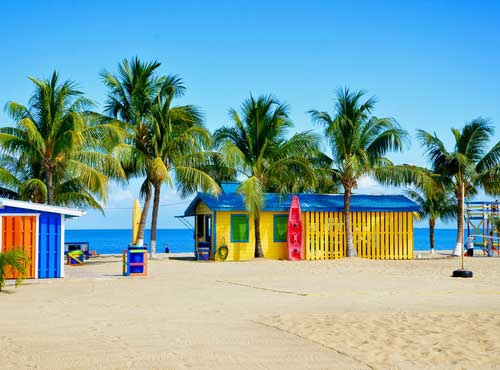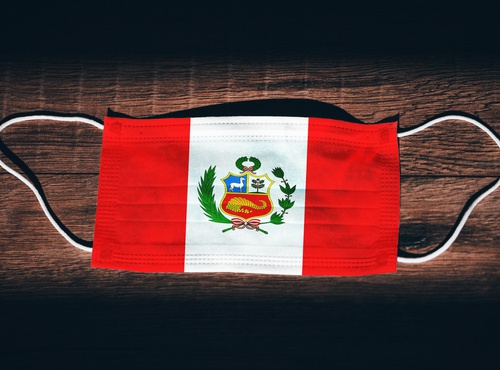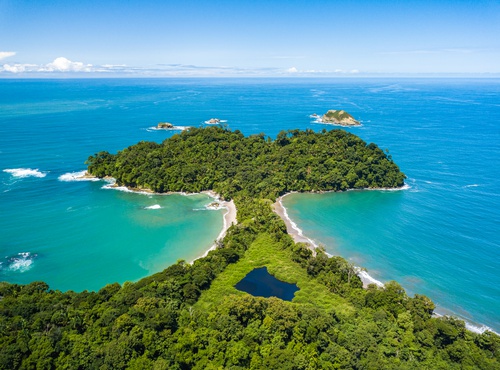
Written by:undefined undefined
Published: 02-02-2023
The largest island in Chile and the fifth-largest in South America, Chiloe is home to an indigenous population whose beliefs embrace witchcraft and mythological creatures. And who consider themselves Chilotes (as they are known) first and Chileans second. Unsurprisingly, it’s unlike anywhere else in the country. Or the continent for that matter.
Chiloe is an archipelago of lush, green islands. Of which by far the largest is Isla Grande de Chiloe, characterized by the large amounts of rain that fall on the western coast and the consistently foggy mornings that only serve to enhance the island’s mystical reputation. Indeed, a large proportion of Chilotes are influenced by deep-rooted beliefs in all manner of folkloric mythology. Such as cave-dwelling sorcerers (brujos) and grotesquely deformed human flesh eaters (invunche).
This is represented in the Chiloe islanders’ traditional seafaring and carpentry culture everywhere you look, from the wooden boatyards to the salmon and shellfish farms to the amazing Jesuit churches and traditional boat-building techniques. Over the past couple of decades, tourism has slowly taken a foothold, too. As a result, it’s no longer a hidden secret. But there are still plenty of places that are remote and wild enough to satiate the appetite of visitors looking for an off-the-beaten-track experience.
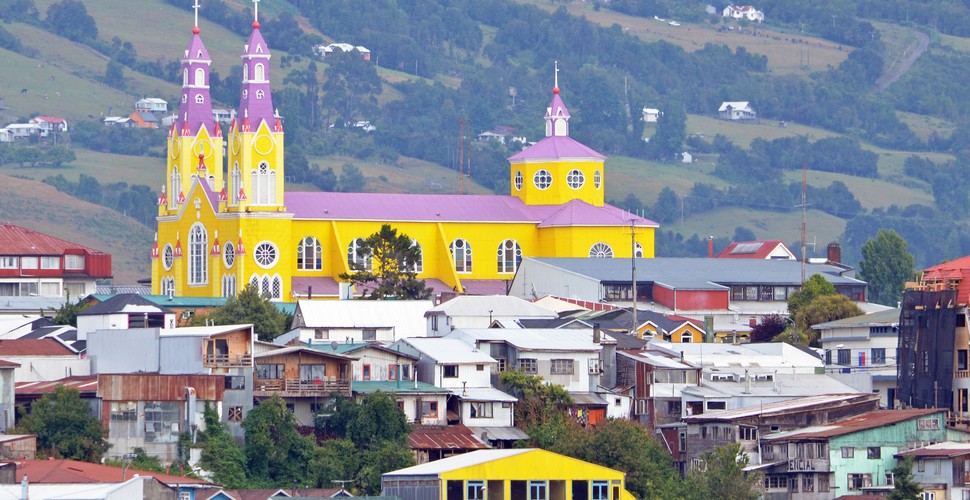
Castro, Chiloe
What to Do on Chiloe Island
Discover the iconic wooden Jesuit churches
Perhaps the island’s most renowned feature is its collection of colorful and beautifully designed Jesuit churches. Including 16 that has been granted UNESCO World Heritage status because of their historical and cultural significance. Built from wood, they date from the Jesuit missions of the 17th and 18th Centuries and have been recognized in part because of their “successful infusion of indigenous and European cultures”.
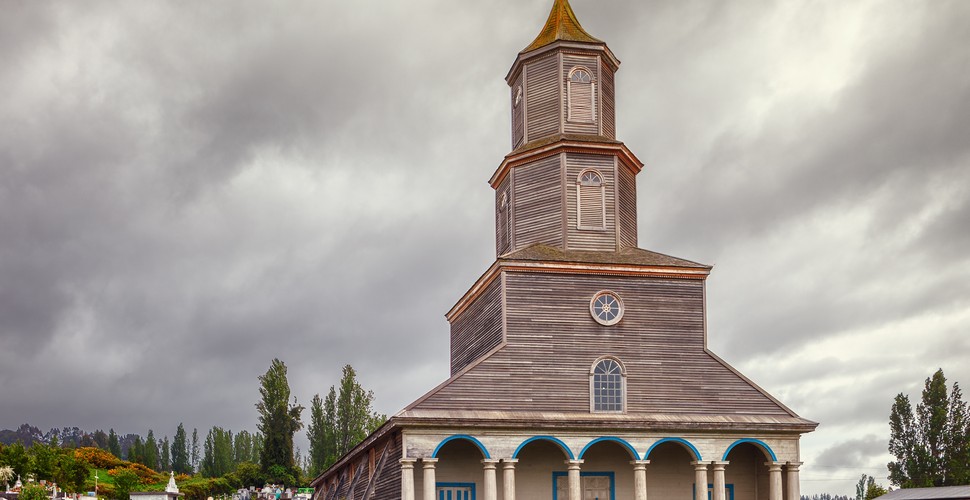
Wooden Jesuit Church
The Magellanic and Humboldt penguins of Puñihuil
If you’re visiting Chiloe between October and March, you should head towards the northwest of the island and sign up for one of the penguin tours at Puñihuil. You’ll be taken by boat to a group of three small offshore islands (Monumento Natural Islotes de Puñihuil) that are home to Magellanic and Humboldt penguins during their breeding season.
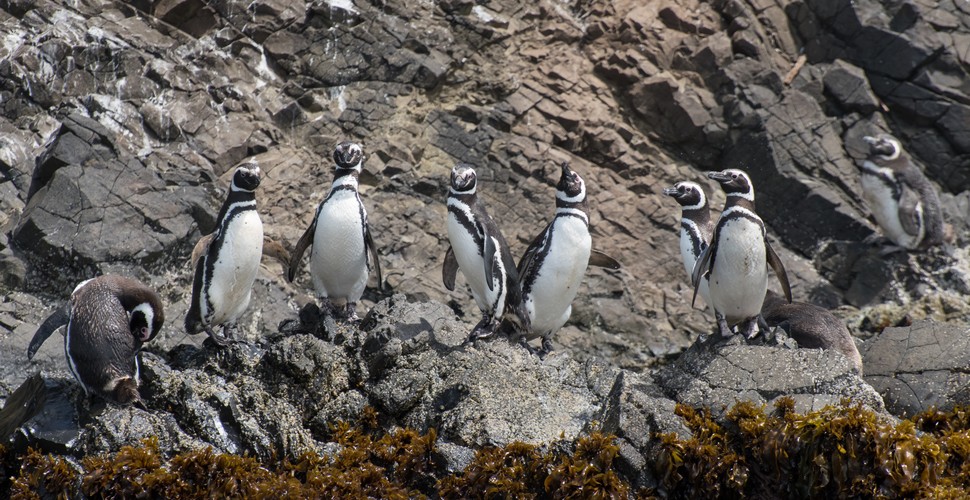
Magellan Penguins
Palafitos
Lovers of handicrafts and woodwork will adore Castro. Home to fishermen and carpenters, the city has evolved to be made entirely of wood. Each building is different in its shape, design, and color. You could easily spend hours wandering around town, looking at the houses. The palafitos can be found all along the coastline, but for the best views head to the Mirador Gamboa in the south of the town, and to the Indura Market on the Panamerica heading north. Palafitos are traditional wooden houses built on stilts above the water. To see the reflections of the palafitos in the water while the sun lights the houses with a golden touch, it is best to go at low tide. And if it coincides with sunset, you are bound for an incredible view.
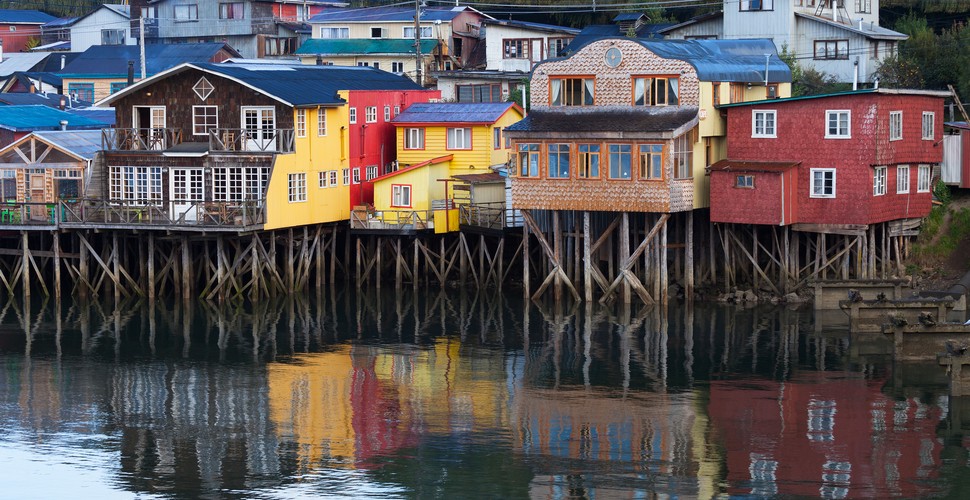
Palafitos Houses on Stilts
Dock of Souls
Chiloé's 'Dock of Souls' was built in 2007 by architect Marcelo Orellana. The curved boardwalk spans 17m along an outrageously cinematic landscape and seemingly disappears off a 70m cliff into the Bay of Cucao. According to legend, wandering souls must call to a passing boatman, Tempilcahue, for transport to the afterlife, or they will mourn in the area for all eternity.
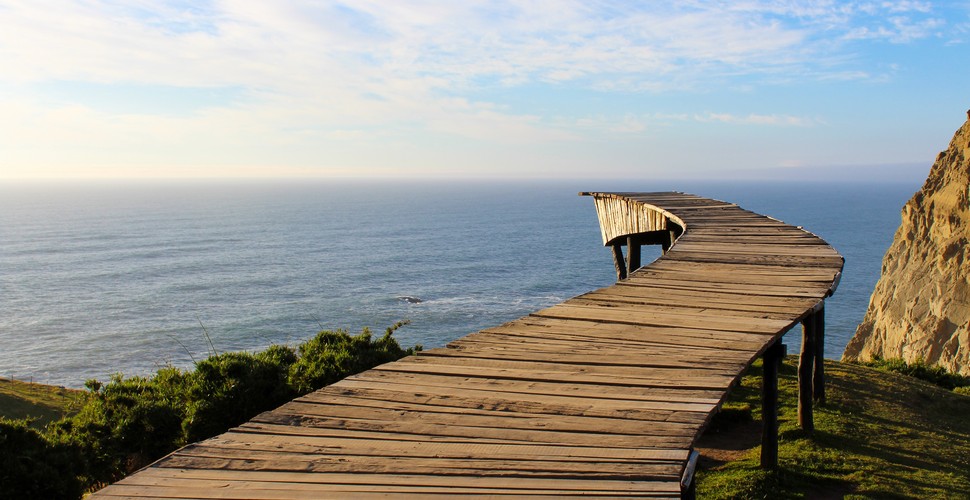
Dock of Souls
Chiloe Cuisine
Dalcahue is a quiet place that is on most tourists' bucket-list with the departure of the ferry to the island Achao. However, if you are a foodie, Dalcahue will blow your mind and tastebuds away! Life mainly takes place around the artisanal market where you can find homemade crafts and buy some amazing smoked chili called Merken. But while curious seals wait for a treat from visitors in the picturesque harbor, the real star here is found in an unassuming building. Located beside the craft market, we first walked in not knowing what was there before being hit by the incredible aromas of the local dishes. You will find giant mussels, amazing seafood soups, and dish after dish of fish. Paila marina is a soup containing all types of shellfish and big red balls otherwise known as sea pineapple (sea squirt shellfish), and Poroto Granado. This traditional countryside stew is made with pork, beans, noodles, and cranberry. An explosion of flavor.
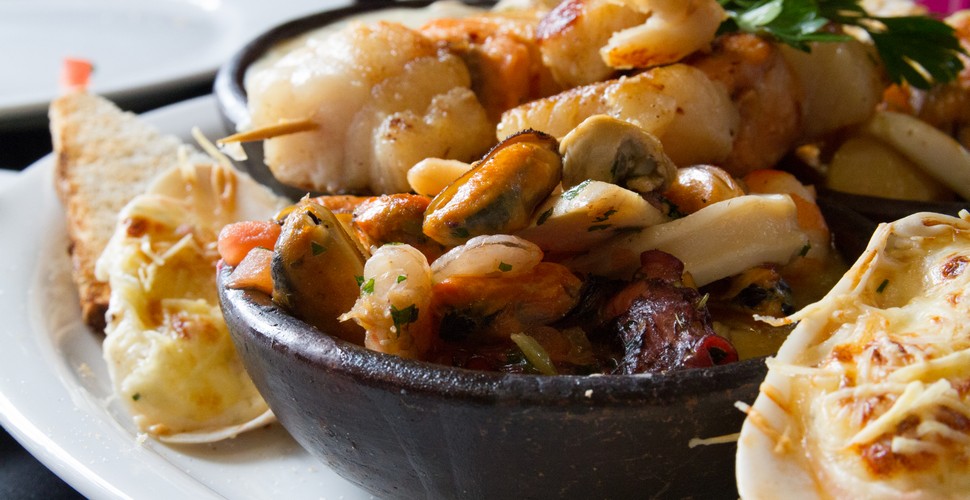
Paila Marina
The Sunken Forest
But undoubtedly Chepu’s biggest draw is the “sunken forest” of the Chepu River Valley. Created by the 1960 earthquake that sank the originally forested land by two meters, it was subsequently filled by the ensuing tsunami waves from the sea, destroying the forest in the process. The real treat is when you wake up at first light and gaze down upon the mist-shrouded valley. And to witness the changing colors of light as the early morning sun’s rays bounce back off the mist and capture the treetops in silhouette.
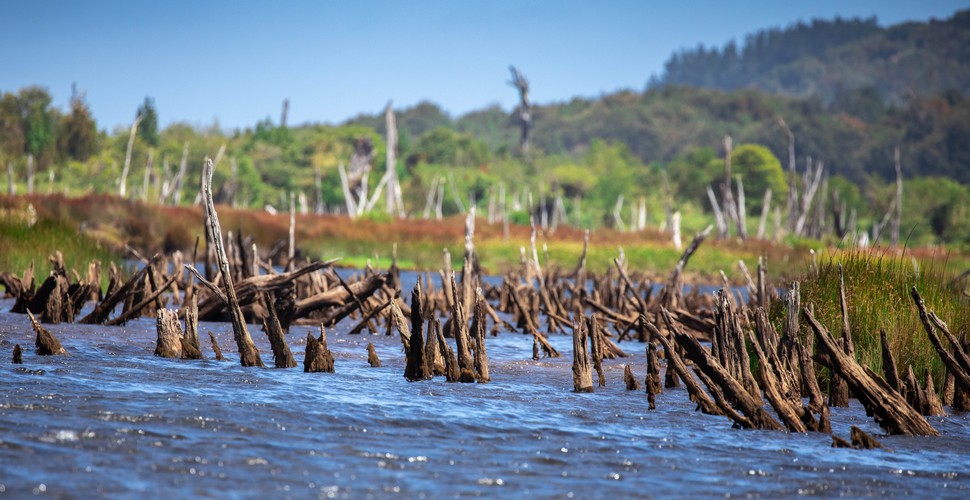
The Sunken Forest
Find out more about a visit to Chiloe Island with Va Expeditions here!






